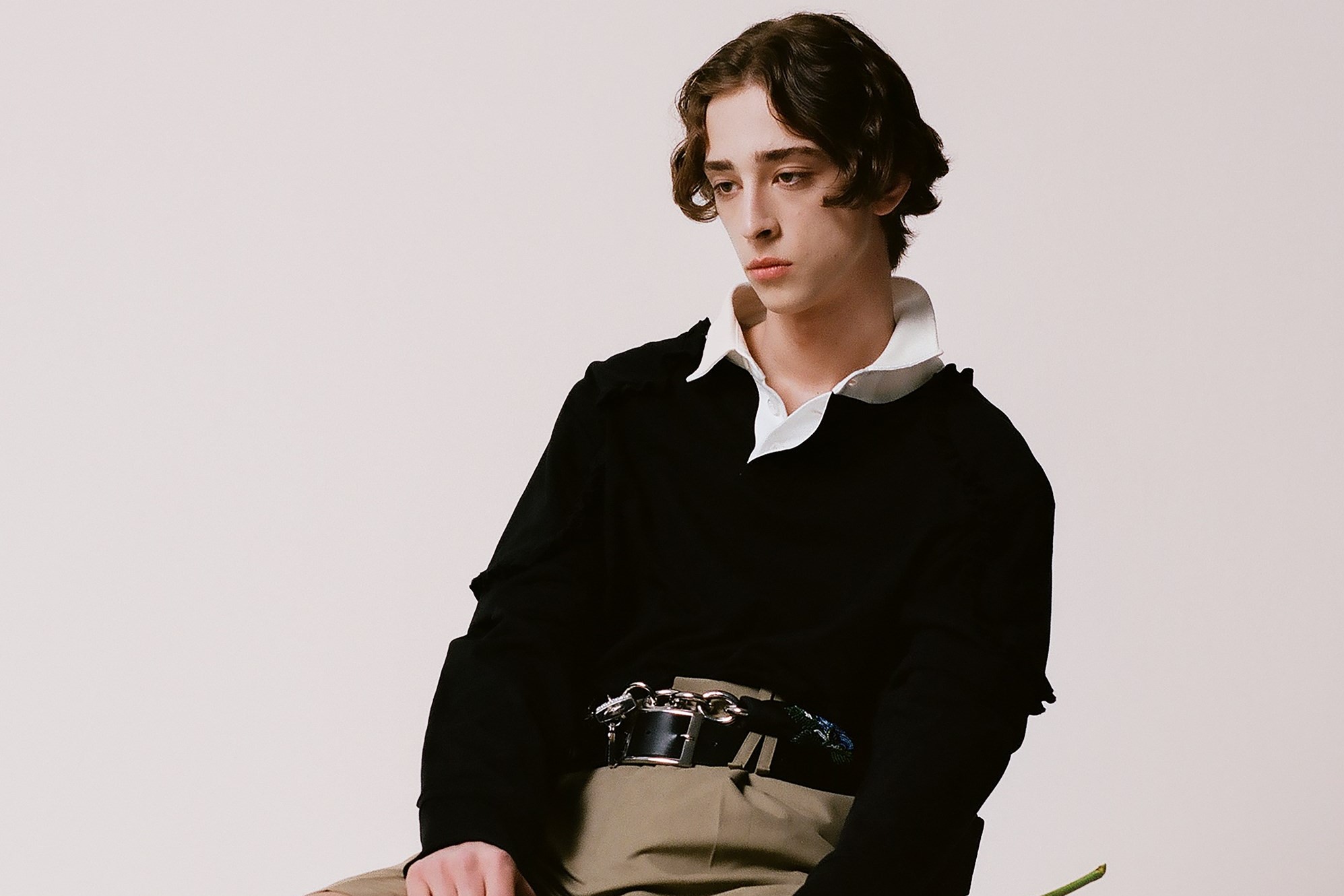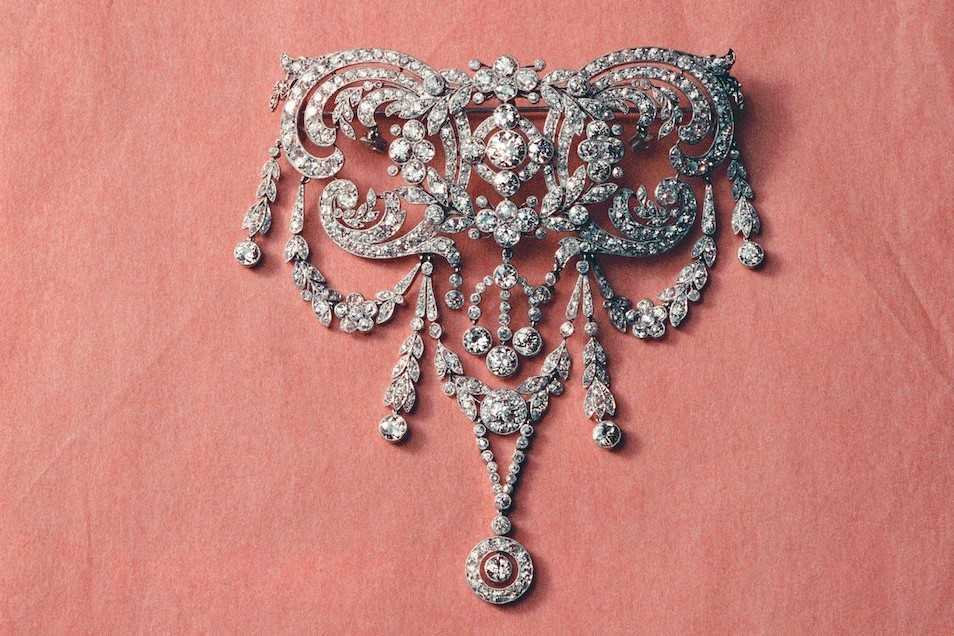Of all the personas David Bowie inhabited on stage, the one that encapsulates him at his most iconic, his most avant-garde, and his most mesmerising, is Ziggy Stardust. A creation of Bowie’s own imagination, the character was cultivated by his manager, Tony DeFries. DeFries believed that in order to become a star, an artist must look and act like he or she already is one – a formula that appears to remain very much unchanged for the Gaga-ruled pop world today.
Japanese fashion designer Kansai Yamamoto gave Bowie’s Stardust some of his most theatrical stage outfits. Bowie felt an affinity with Yamamoto’s designs after first seeing a video from a fashion show he staged in 1972. The mix of sci-fi and classical kabuki theatre came to typify Ziggy Stardust’s sartorial identity. Yamamoto created two costumes for his second US tour, and, following their success, Bowie commissioned the designer to create his entire nine-costume repertoire for his third UK tour in 1973.
Kansai Yamamoto, June 1973: [Bowie] has an unusual face, don't you think? He's neither man nor woman, if you see what I mean; which suited me as a designer because most of my clothes are for either sex. I love his music and obviously that has influenced my designs, but most of all there's this aura of fantasy that surrounds him. He has flair.
Text by Laura Havlin



